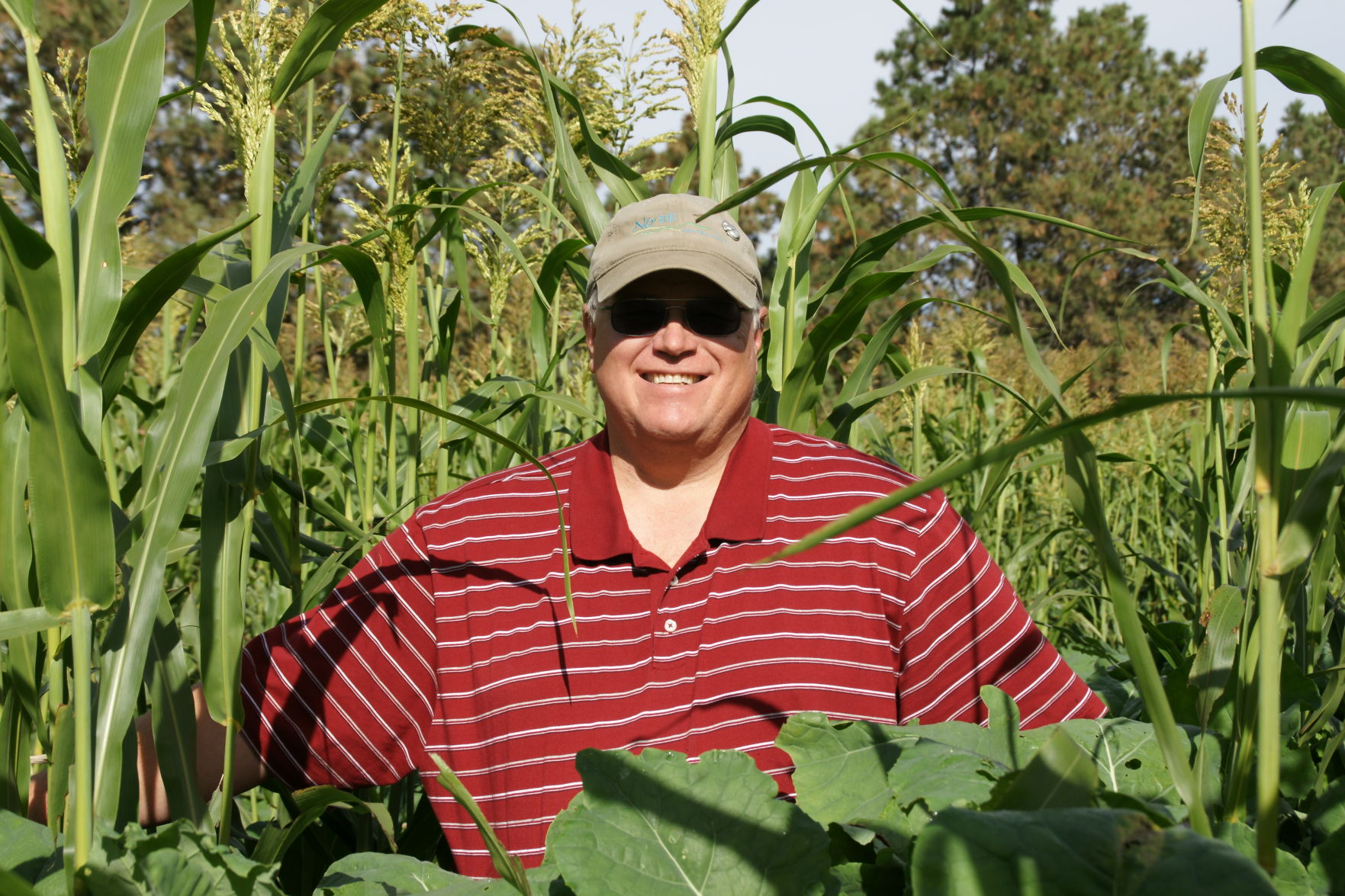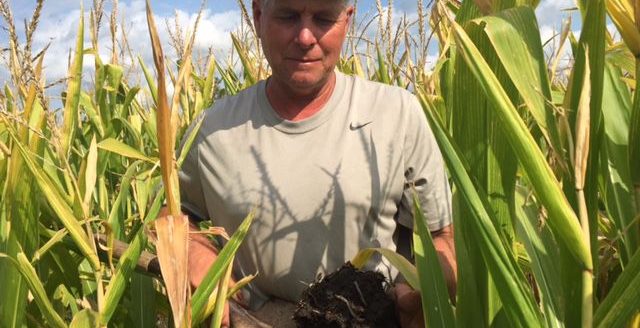Gabe Brown understands firsthand the struggles farmers face today.
Brown and his wife, Shelly, started a conventional small grains operation in 1991. In 1994, Gabe switched to a zero-till concept then lost all or nearly all his crops from 1995-98. Three years from hail and one year from drought. Even with that he knew he was on the right path.
By not tilling and planting cover crops following the hailstorms, he had ensured that the soil was covered, protected from wind and water erosion. Those same cover crops also provided feed for livestock and the residue helped to inhibit weed growth.
As he gained knowledge and applied it to his operation, his soil was healthier, absorbed and retained moisture and made the operation more profitable. A farmer has to have a net profit to stay in business, Brown said. He will be a keynote speaker at the Soil Health U and Trade Show, Jan. 23 to 24, 2019, at the Tony’s Pizza Event Center in Salina, Kansas.
Gabe, Shelly and their son, Paul, integrate their grazing and no-till cropping systems, which includes a variety of cash crops, multi-species cover crops along with all natural grass-finished beef and lamb. They also raise pastured laying hens, broilers and swine. The diversity and integration has regenerated the natural resources on the ranch without the use of synthetic fertilizers, pesticides and fungicides.
Gabe has measured statistics to show the improvement in organic levels and moisture infiltration from when he started to today. His farm is living proof that biodiversity is key to a healthy functioning soil ecosystem, one where a diverse plant community works in collaboration, not in competition. It is also a testament that one can dramatically increase infiltration rates and water-holding capacity of one’s soils.
Soil health is focused on a holistic approach. One has to take the entire ecosystem into consideration.
A long-term plan to improve soil health is not region specific, Brown said.
“Living in the northern plains most everything winterkills. In the southern plains you can grow much more biomass,” Brown said. “Whatever environment you are in use it to your advantage.”
In North Dakota, his growing season is limited to 110 frost-free days. However, with his strategy he can use frost-tolerant cover crops to give him green, growing plants even though it may have froze 20 times. The result is that soil biology is fed and the soil regenerates, making future crops more profitable.
“I will take our profit over yields and pounds anytime,” he said. “My yields are good. But I’m looking into profits first. I’m not anti-input or anti-fertilizer or anti-pesticide.”
Reducing expenses is what all farmers must do, regardless of their operation.
He also believes it is essential producers understand all of the marketing opportunities they have. Brown believes in diversification, quipping, “We have a lot of eggs in our basket.”
“I want to be able to sell my products and feed my family,” he said. “Farming is a much more enjoyable way of life when it is profitable.”
Dave Bergmeier can be reached at 620-227-1822 or [email protected].




